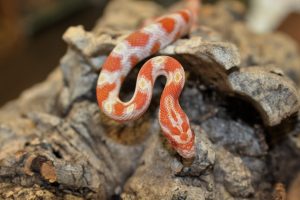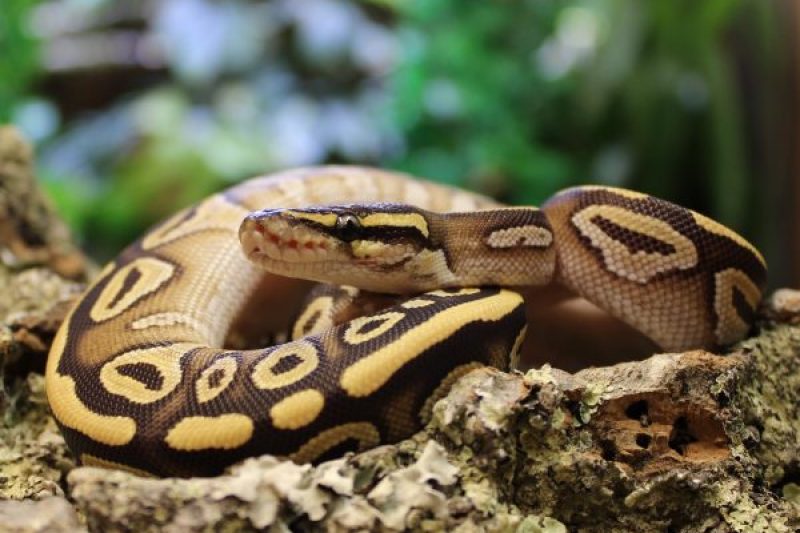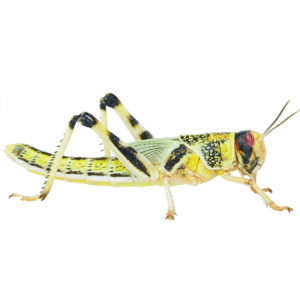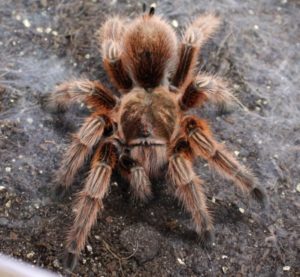
New Pet Owner’s Responsibility Guide
Welcoming a reptile into your home is exciting, but it also comes with important responsibilities. Here are key reminders to help you provide the best

We use this guide to feeding snakes as part of the training for our store staff and thought that it would be useful to share it.
Generally, the snakes that we stock in store are either rodent feeders, or generalists. Some species change their diets in the wild according to their age; woma pythons, kingsnakes, Everglades ratsnakes and even corn snakes often begin life feeding on lizards or amphibians.
Whilst rats and mice are the commonest available foods, there are more. Multimammate mice are particularly tempting for royal pythons, as they are a species that they would encounter in the wild. Rodents available are: mice, rats, hamsters, gerbils, and multimammates. For larger snakes, rabbits and guinea pigs can be obtained in various sizes. When it comes to birds, day old chicks are available in bulk. Quail can be obtained as chicks or adults, usually ex laying hens, but it can be difficult to source chickens in different sizes. Some snakes will take hen’s eggs, whilst others will appreciate the occasional treat of a quails egg. Frozen lancefish are available for feeding to water snakes, but can be missing vital nutrients. Frozen frog’s legs (sold for human consumption) can be used for fish and amphibian feeding snakes, although you need to use a good multivitamin, mineral and calcium supplement on them.
Assess species and size (not necessarily age) of the snake. As we deal with captive bred animals only, we should be able to check with the breeder or the supplier what the snake has been feeding on prior to its arrival with us. If this information is not available, then we would usually select a suitably sized mouse and go from there. For very young snakes that refuse to feed, sometimes strips of fresh meat or offal can be tried.
The food item should be no thicker than the snake at its widest point. Whilst some snakes can take considerably larger, it can put strain on their digestive system and cause them to regurgitate a half-digested meal. Smaller foods can cause the snake to become hungry very quickly after feeding, and also stunt growth if the size is not increased at the appropriate time.
Babies and juveniles should be fed weekly, and adult snakes once every two weeks. Allowance must be made for time of year – larger western hognoses can be very seasonal feeders, as can adult woma and royal pythons.
All frozen food should be defrosted overnight in a fridge, then left out to come to room temperature. Do not defrost in water or microwave; microwaves can heat the innards to the point where they expand and burst through the skin, which most snakes won’t eat. Also, applying too much heat can ‘cook’ the skin to the point where the scent is so changed, the snake won’t eat. Many snakes will not eat wet food, so do not use this method of defrosting. Food should be stored for no more than 3 months and defrosted food should not be refrozen.
If an item needs to be fed warm – for instance, for a python that is reluctant to feed – then the rat or mouse should be placed inside a plastic bag and the head only submerged in very hot water. This should stay in the water until the head feels hot to the touch, then immediately offered to the snake in tongs. If the snake won’t strike, lay the rodent next to it and leave the animal in peace to feed. Normally, we would offer room temperature food in tongs first, then if the snake does not strike, leave it by the animal to feed undisturbed. Food can be left in overnight, but must be removed if uneaten first thing in the morning.
All snakes will have a feeding record. If this is not on the outside of the vivarium or box, it will be in the feeding record book. Each feeding record has the snake’s species, date of birth (approximate DOB if the actual date is unavailable), and sex if the animal has been sexed. The date should be recorded, and a tick or a cross put next to the date to indicate whether the snake fed or not. A coloured sticker on the box or vivarium records what size food is to be offered, and this should be updated when the snake moves to a larger food item. Any further notes on feeding behaviour or other problems should be recorded in the feeding book.
Weight records alone are unhelpful, as they say nothing about the overall condition of the animal – although they can be a useful guide to ongoing health. Each snake should be assessed on arrival, and regularly thereafter. A healthy snake should be rounded without having a gutter along its back (this indicates being overweight), or clearly visible spine (underweight). Ribs should not be obvious, and the snake should feel muscular and strong as it moves through your hands. A good shape is described as being ‘loaf shape’ for colubrids (corn and rat snakes, garters etc) and ‘rounded triangle’ for pythons, boas and more heavily bodied snakes.
As the vast majority of food items are fed whole with innards intact, it is accepted wisdom that no supplementation is necessary. Whilst this is true for adult rats and mice, other foods often benefit from a very light sprinkling of calcium (for a snake that will only ever eat chicks, for example) or multivitamin/multimineral powder (for a snake eating frogs legs or strips of meat).

Welcoming a reptile into your home is exciting, but it also comes with important responsibilities. Here are key reminders to help you provide the best

Calling all reptile keepers and bug lovers! Stock up and earn rewards every time you purchase live foods in-store. 🦗 Get 50 Bonus Points When

Welcome to Evolution Reptiles’ guide to tarantula care! Whether you’re a seasoned arachnid enthusiast or just starting your journey into the fascinating world of these
Copyright 2021 Evolution Reptiles
All rights reserved.